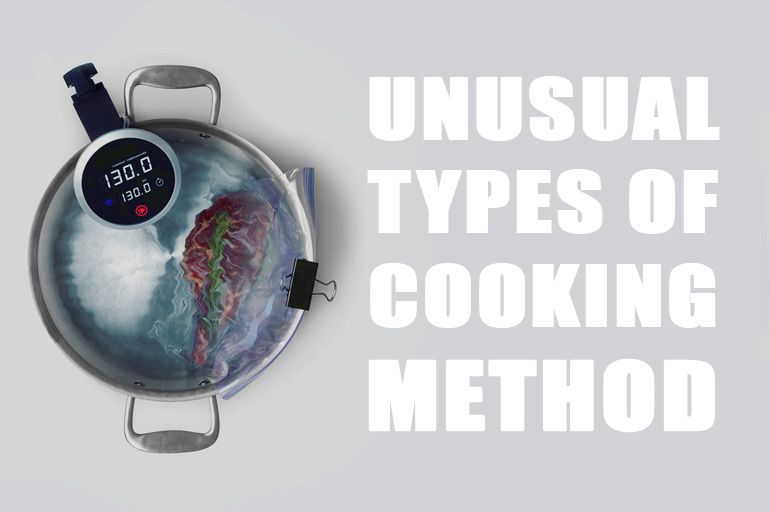 Cruise ship chefs jobs involve the knowledge of numerous cooking methods to whip up the wide variety of dishes served on board. Thousands of meals are made to satisfy every taste, from thin crust pizzas to grilled chicken, slow-cooked roast and delicious deep-fried donuts.
Cruise ship chefs jobs involve the knowledge of numerous cooking methods to whip up the wide variety of dishes served on board. Thousands of meals are made to satisfy every taste, from thin crust pizzas to grilled chicken, slow-cooked roast and delicious deep-fried donuts.
Some of the common methods of cooking used by cruise ship chefs include baking, grilling, frying, roasting, stewing, boiling and pressure cooking. In addition, there are others that are slightly more uncommon in home kitchens requiring technical knowledge and / or specific equipment. Here are a few:
SHIRRING
Shirring is done mainly with eggs, typically cooked in a dish called a shirrer. However, these days, they are cooked in any glass or ceramic dish with a flat bottom. The method involves baking the eggs in butter until the albumen turns opaque but the yolk stays runny. Shirred eggs are most commonly eaten for breakfast or brunch.
COCKAIGNE
This is a method of slow cooking chicken breasts using low temperatures to heat the meat from the outside in. Oil or butter is poured into a pan so it covers the bottom evenly. Medium high heat is turned down to medium and flattened chicken breasts are cooked on one side for a minute before the heat is reduced to a simmer and the chicken flipped over to cook for about 10 minutes. During this time, the chicken is covered and cooked using the trapped heat. After this, the dish is taken off the heat, but left to sit still covered for an additional 10 minutes to finish the process.
BAIN-MARIE
A bain-marie is a water bath in an oven, using fluid in between two dishes to heat the food gradually and gently. A great variety of dishes can be cooked in a bain-marie, particularly custards and cheesecakes as this method of cooking prevents it from crusting and cracking on the top.
Bain-maries are also used to melt chocolate, thicken condensed milk for desserts and make delicate sauces such as hollandaise and beurre blanc.
SOUS VIDE
This cooking method uses accurately controlled, low temperatures to cook food over an extended period of time. The produce or meat is generally vacuum sealed in a plastic bag or glass jar and placed in a water or steam bath where temperatures vary between 55 degrees C to 60 degrees C for meat and a little higher for vegetables.
Sous vide cooking locks in the juices and aromas of the food being cooked resulting in flavourful dishes which retain moisture and are cooked evenly.
BASTING
This method is popular when cooking delicately flavoured meats, using their own juices or special marinades to retain flavour and moisture. The dish is placed on a grill, in an oven or rotisserie and cooked over a long period of time. Moisture-rich vegetables and fruit or fatty food such as bacon are sometimes added alongside to ensure that that there is constant moisture throughout the process. Basting requires care and attention as the meat can easily dry out if the method is not followed correctly


